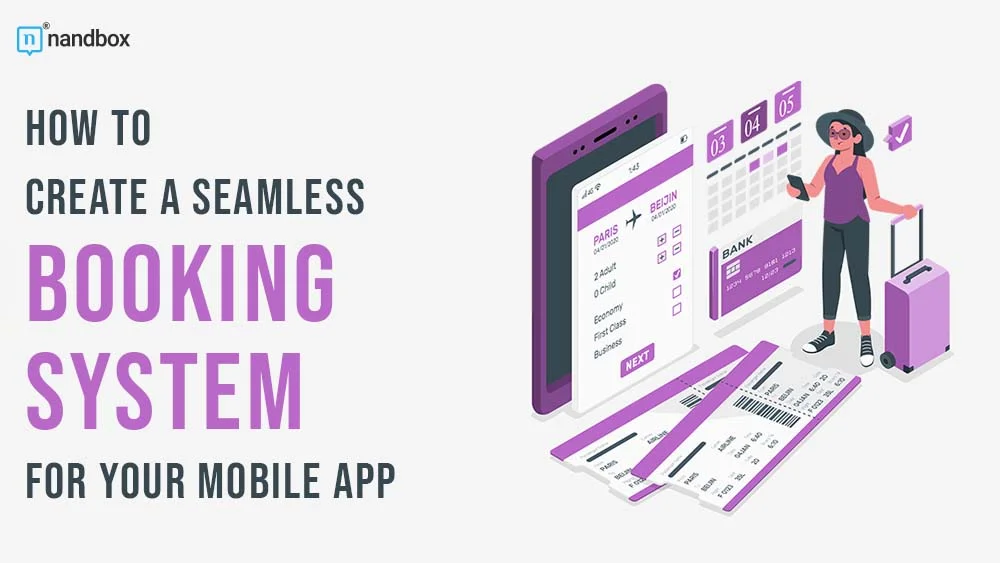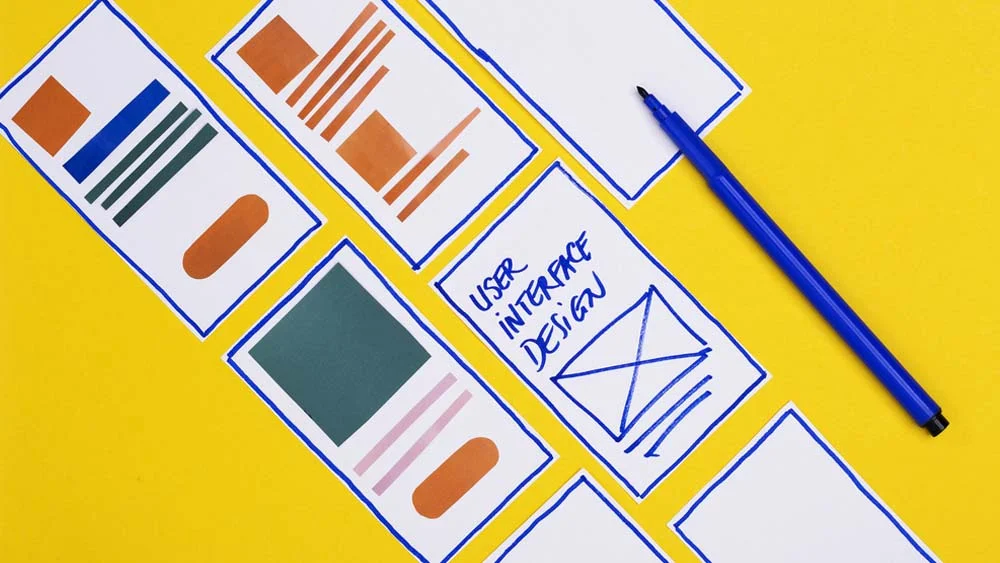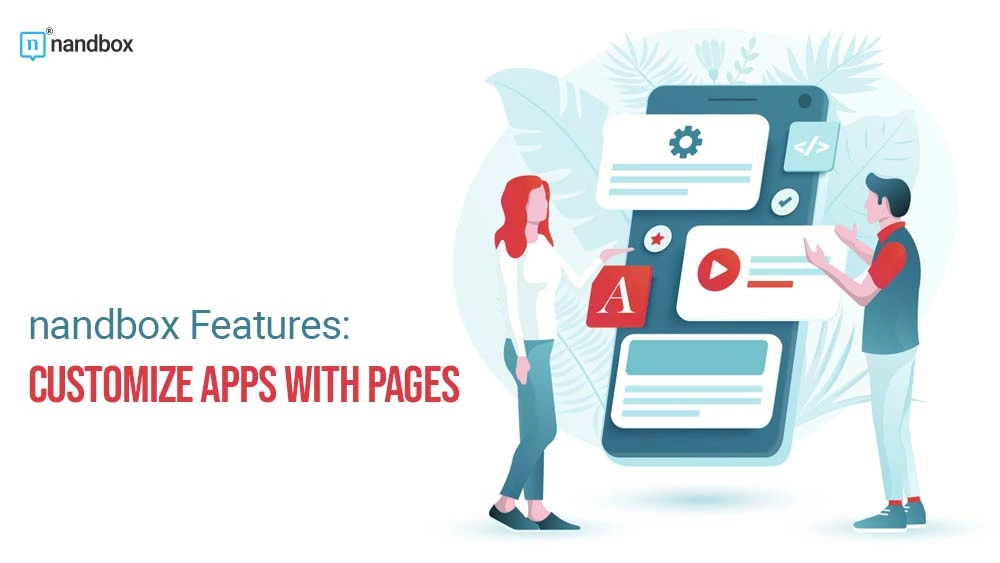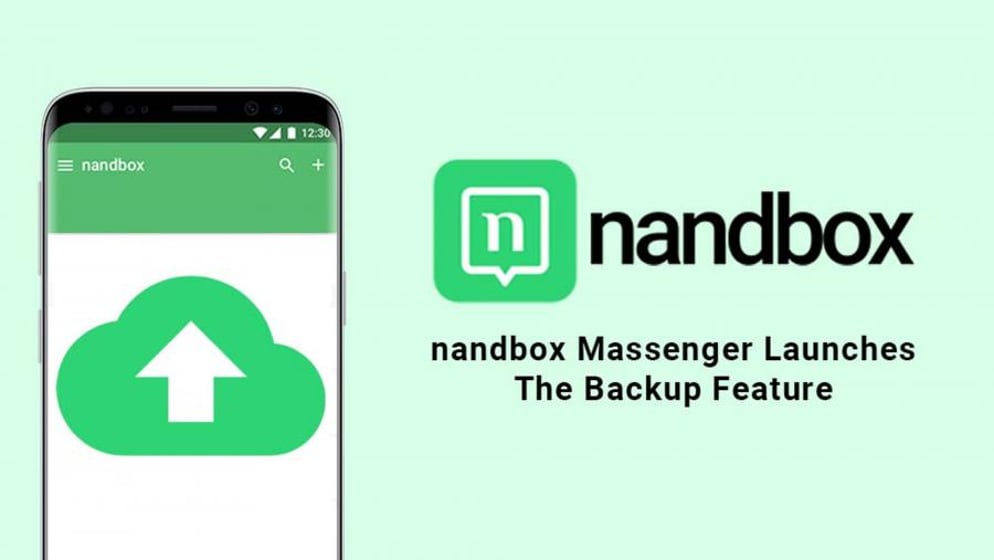To create a booking system for your mobile app is crucial to enhancing user satisfaction and retention. We will cover the best practices in UX design, ensuring that users navigate effortlessly through the booking process. We’ll also delve into integrating secure payment options and synchronizing calendars to keep bookings organized. By mastering these aspects, you can create a booking system that meets modern demands.
Create a Booking System through UX Design
The blueprint of any potent booking system lies in its user experience design. To nail this, one must commence with a meticulous exploration of the target user base. Engage directly with your intended users—through surveys, interviews, or even usability tests—to excavate the gold: insights that tell you not just what they need but how they behave.
Next up is laying down the visual tracks—think wireframes and prototypes. Tools like Figma and Sketch become indispensable allies here, helping to bring into focus the user’s navigational path. The secret sauce? Intuition in navigation. The goal is to steer clear of a labyrinth that traps users in an endless cycle of clicks. Instead, pave an avenue that leads them swiftly and smoothly to their desired destination within your system—the fewer detours, the better.
To sprinkle some magic dust on engagement rates, micro-interactions stand by, ready to serve. They’re those little nods and winks—a button’s color change confirmation or a payment’s cheerful chime—that whisper to the users, “Yes, what you did worked!” And while we’re waving our wands, let’s not forget about visual hierarchy; it ensures that all interactive elements like buttons don’t play hide and seek but rather pop out, begging for attention.
Leveraging Comprehensive Management Platforms
Comprehensive management platforms streamline multiple aspects of your mobile app, including booking systems. These platforms often integrate seamlessly with existing infrastructures, reducing the complexity of adding new features. Look for solutions that offer robust functionalities akin to studio management software. Such software typically includes scheduling tools, client databases, and payment processing—all essential for a cohesive booking system.
Similarities with studio management features become apparent when examining their capability to handle bookings efficiently while keeping user data organized. Implementing these comprehensive tools not only enhances the booking experience but also centralizes all operations in one place. Investing in an all-in-one platform minimizes administrative overhead and ensures scalability as your business grows.
Integrating Secure Payment Gateways
Selecting a payment processor stands as the linchpin in fortifying trust within your booking system. Diversify payment options to cater to user preferences – credit cards, digital wallets, or bank transfers should all be part of your arsenal. Security cannot be an afterthought; it’s imperative. Hence, PCI-DSS compliance isn’t just a box to tick—it’s your fortress wall safeguarding sensitive transaction data. Prioritize this from the get-go to ward off potential breaches and maintain a bulletproof reputation. This compliance safeguards against breaches and instills confidence in users when they enter their payment details.
Streamlined integration with popular gateways like Stripe or PayPal simplifies the development process while offering robust fraud detection features. Ensure your app’s checkout process is quick; long or complicated procedures can lead to cart abandonment. Testing the payment gateway thoroughly helps identify any potential issues before launch, guaranteeing a hassle-free experience for users from day one.
Implementing Calendar Synchronizations
Calendar synchronizations play a vital role in keeping your booking system organized and up-to-date. Start by integrating popular calendar services like Google Calendar or Apple Calendar to ensure users can effortlessly sync their bookings.
APIs provided by these calendar services enable real-time updates, preventing double bookings and missed appointments. Ensure two-way synchronization so that changes made in either the app or the user’s personal calendar reflect immediately. User-friendly interfaces are key when managing schedules. Offer features such as color-coding for different types of bookings or events, making it easier to distinguish at a glance. Automatic reminders enhance user reliability by sending notifications ahead of scheduled times, reducing no-shows and last-minute cancellations.
Building a Mobile-Ready Booking System
Adapt your booking system with a responsive design framework; Bootstrap and Foundation offer the adaptability needed for seamless display across devices. Crucial to user retention, streamline your site’s speed by optimizing images and embracing asynchronous loading; every second of delay is a strike against you. For the mobile user in motion, forms must be as painless as possible. Minimize input fields and opt for dropdowns and date pickers, ensuring on-the-go bookings are a breeze. Quality assurance comes through rigorous testing. Employ BrowserStack to simulate various environments, revealing any glitches without amassing an arsenal of physical devices.
And don’t overlook the tangible feel of navigation—make it tactile with touch-friendly interfaces that understand the language of swipe, tap, and pinch. These gestures are native to mobile users; speaking their lingo creates familiarity and ease.
Enhancing Security and Data Privacy
To cement user trust, fortify your booking system with encryption shields—SSL/TLS being the gold standard—to secure data in transit. Couple that with staunch authentication protocols like OAuth or two-factor authentication to keep infiltrators at bay. Stay ever-vigilant against vulnerabilities; prompt updates and patches are non-negotiable practices in this relentless game of digital cat-and-mouse.
Navigating the intricacies of privacy laws such as GDPR or CCPA is also non-negotiable; transparency is key. Enable users to steer their personal data at their discretion through straightforward consent forms and user-centric privacy controls. Lastly, regular security audits act as your early warning system, complemented by automated surveillance tools; they’re the watchful guardians detecting anomalies before they escalate.
Mastering the Art of Seamless Bookings
Creating a seamless booking system for your mobile app involves understanding UX design principles, integrating secure payment gateways, and implementing calendar synchronizations. Optimizing for mobile responsiveness and enhancing security ensures user trust and satisfaction. Leveraging comprehensive management platforms simplifies operations further. By focusing on these aspects, you elevate your app’s functionality, meeting modern demands effortlessly.




